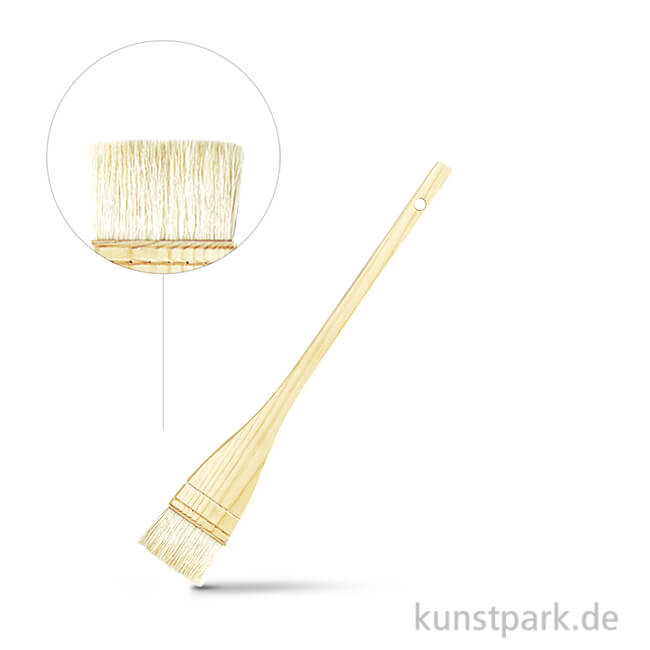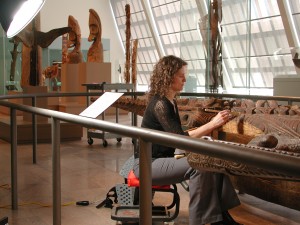Where there is space, there is dust.
Over dust, visitors to our museum and I connect. Dust is an ongoing challenge for collection care staff. It gets on your cases. It gets on objects on open display, such as the large wooden and stone sculptures in our galleries. Dust, plainly, is us. If we limited visitors to the galleries, we wouldn’t have such a dust problem. Obviously, that’s not a solution for museums. So combine dead skin, fibers from winter coats and other clothing, and automotive pollutants with a few enterprising spiders, and you have a need for a regular gallery maintenance campaign.

A standard in museums: the Nilfisk GM80 HEPA vacuum with a variable speed control.
Why do we need to dust artworks? The components of dust damage the surfaces of artwork over time. If we don’t remove dust on a regular basis, it works its way further into the surface, destroying finshes, matting original sheen, and becoming harder to clean as time passes. Cleaning artwork is no easy matter. Much of the collections I work with have minimally bound pigmented surfaces – this means that the gentle pressure of a hake brush can dislodge not only dirt, but material that is part of the object. It’s an activity that requires vigilance and monitoring.

Soft hake brushes are good for dislodging dust from most surfaces. Used in combination with the HEPA vacuum to keep from redepositing dust on surfaces, they are the two most important tools in the collection care arsenal (besides one’s brain and a whole lot of patience).
Sometimes, museum visitors take pictures of me dusting collections. They are trying to understand something they do for housework in a museum context. My ego can get in the way. A comment like “can you come do that at my house” can make me think “yes, I have a Masters degree in vacuuming.” But it’s the best time to stop, and discuss why dusting is important, and how regularly it must be done and documented. I talk about the space of our galleries, and how only two people dust that large area. Take every opportunity to educate museum visitors, trustees, volunteers, and others who stop to gawk that collection care is a necessary part of museum operations – and that it needs their understanding and support.


[…] about why your work matters, especially when others seeing you dusting artwork (see my post on Dust). But today, even though I work in a very large institution, I don’t have any mentors doing […]
[…] It’s a great opening to talking about the bigger picture of collection care (read my post on museum dust). It’s worth stopping. But in five minutes it can be hard to talk about risk assessment, […]